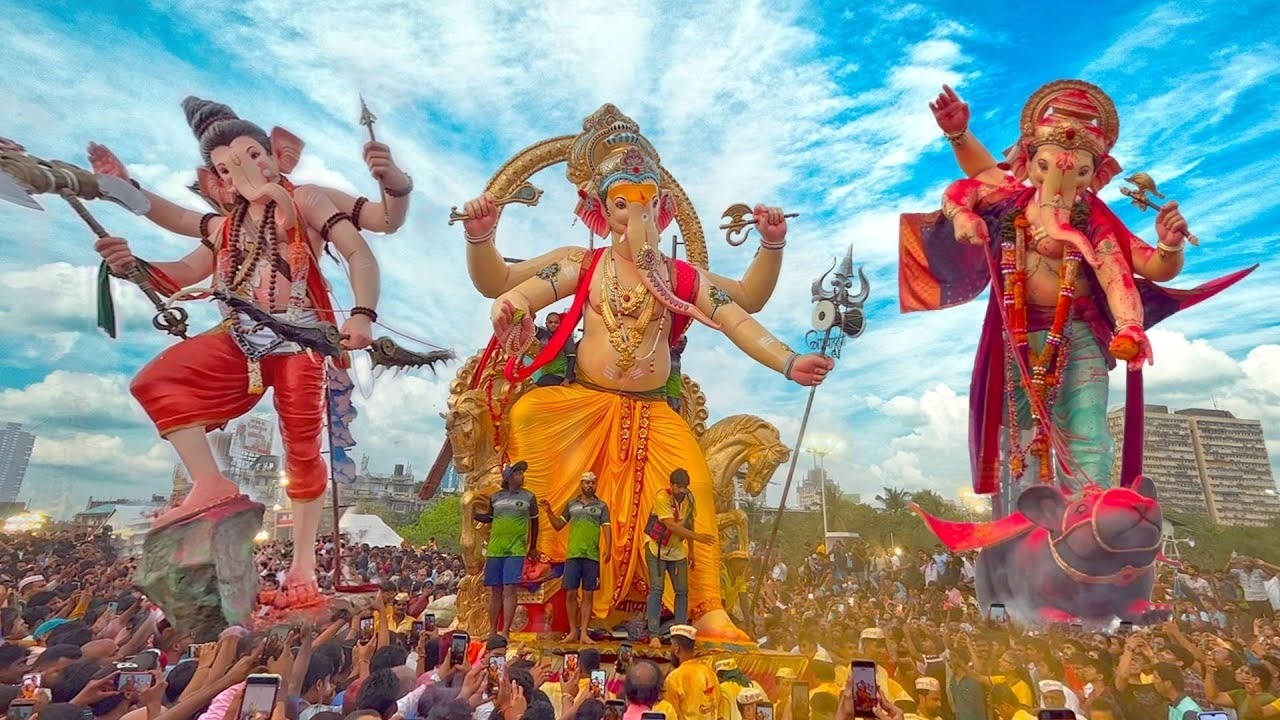 Image Source: Linkedln
Image Source: Linkedln
Ganesh Chaturthi, one of India’s most celebrated and joyous festivals, holds deep spiritual, cultural, and social significance. Marking the birth of Lord Ganesha—the remover of obstacles and the god of wisdom and prosperity—the festival unites families and communities across the country in prayer, festivities, and reflection. In 2025, Ganesh Chaturthi will be observed on August 27, unfolding a vibrant ten-day period filled with devotion, ritual, and celebration.
Key Highlights Of Ganesh Chaturthi
Date and Duration: Celebrated on the fourth day (Chaturthi) of the Hindu month of Bhadrapada (August–September), Ganesh Chaturthi 2025 begins on August 27 and spans ten days culminating in Ganesh Visarjan (immersion) on September 6.
Devotional Significance: Lord Ganesha is revered as “Vighnaharta” (remover of obstacles) and “Buddhi Ke Devta” (god of wisdom), invoked at the start of any new venture or journey to seek blessings for success and prosperity.
Mythological Roots: Ganesh Chaturthi commemorates the auspicious birth of Ganesha, born to Shiva and Parvati. According to spiritual lore, Ganesha’s elephant head symbolizes wisdom, strength, and the power to overcome challenges.
Rituals And Celebrations: Devotees install elaborately decorated idols of Ganesha at homes and community pandals, offer prayers, chant Vedic hymns and mantras, prepare favorite sweets like modaks, and participate in cultural performances and music.
Community Bonding: The festival fosters togetherness, with families and neighborhoods collaborating in arrangements, processions, and feasts, embodying unity and collective spirit.
The Rich Tradition And Evolution Of The Festival
Ganesh Chaturthi gained prominence as a public festival in the late 19th century when Lokmanya Tilak revived it as a unifying cultural symbol against colonial rule. It transformed from a private household affair to a grand community event, especially in Maharashtra and southern India, promoting social cohesion and patriotic zeal. Today, it is celebrated with equal fervor in various states across India and Indian diaspora communities worldwide.
Significance For Children And Young Learners
The festival doubles as a cultural and moral lesson for younger generations, teaching values such as devotion, patience, sharing, creativity, and respect for traditions. Kids engage in making eco-friendly Ganesh idols, participating in art contests, and learning stories about Lord Ganesha’s wisdom and bravery, enriching their cultural heritage.
Ganesh Visarjan: A Symbolic Farewell
The immersion ceremony (Visarjan) marks the conclusion of the festivities, symbolizing the cycle of creation and dissolution, and the transient nature of life. The ritual serves as a reminder to embrace change and new beginnings, reinforcing faith and renewal.
The Environmental Shift: Eco-Friendly Celebrations
In response to ecological concerns, many communities now favor biodegradable idols and safe immersion practices to reduce water pollution, reflecting an evolving awareness and responsibility among devotees.
Ganesh Chaturthi’s Contemporary Relevance
Beyond religious devotion, the festival is a time to reflect on qualities like wisdom, humility, and resilience necessary in today’s fast-paced world. It encourages mindfulness, social harmony, and a renewed connection to India’s rich traditions.
In essence, Ganesh Chaturthi is much more than an annual event—it is an expression of faith, a celebration of cultural identity, and a beacon of hope and positivity for millions. As India and the global Indian community prepare to welcome Lord Ganesha with open hearts in 2025, the festival’s timeless message continues to inspire unity, joy, and spiritual growth.
Sources: Times of India, Vedantu, Jagran Josh, Indian Express
Advertisement
Advertisement







